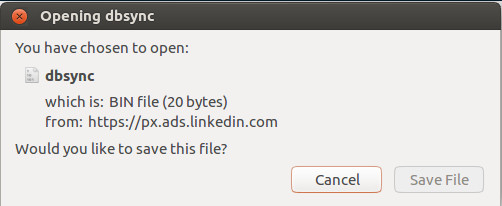I’ve been reading through Adam Fisher’s Valley of Genius book and got to the chapter about The Well, one of San Francisco’s first online communities. It reminded me that I, too, was online as early as 1982, dialing up BBSes from my family’s 300-baud modem. I think the first BBS I called was run by a guy at the University of South Carolina.
Of course, a few years later in 1986 I had set up my own BBS in Great Falls, VA called the Basement BBS. At its peak it had 350 members, two high-speed (19.2 Kbps!) modems, and an early consumer hard-drive (10 whole megabytes!). Good times.
Valley also reminded me of my occasional hobby project of figuring out how to get the Basement back online here in the age of the Internet. This has proven to be more challenging than I expected, because:
1. DOS is a strange world, indeed, with lots of obscure drivers, configuration files, and confusing syntax.
2. I have forgotten 90% of the DOS secrets I once knew.
3. Modern virtualization systems were not designed with DOS virtual hosts in mind.
4. Virtualized DOS systems run far faster and with far more memory than their 80s era computers ever had, which causes problems.
Building a virtualized DOS environment is akin to assembling a ship in a bottle. You’re building a replica of an ancient artifact using very limited tools. All this, and I haven’t even gotten to the magic of modem emulation that will connect my BBS to the larger Internet.
This is the perfect geek project, though: a completely useless exercise in technology exploration. I hope, though, that at the end of it I have something to show for my trouble. But if I don’t that’s okay because I will have learned something anyway.








